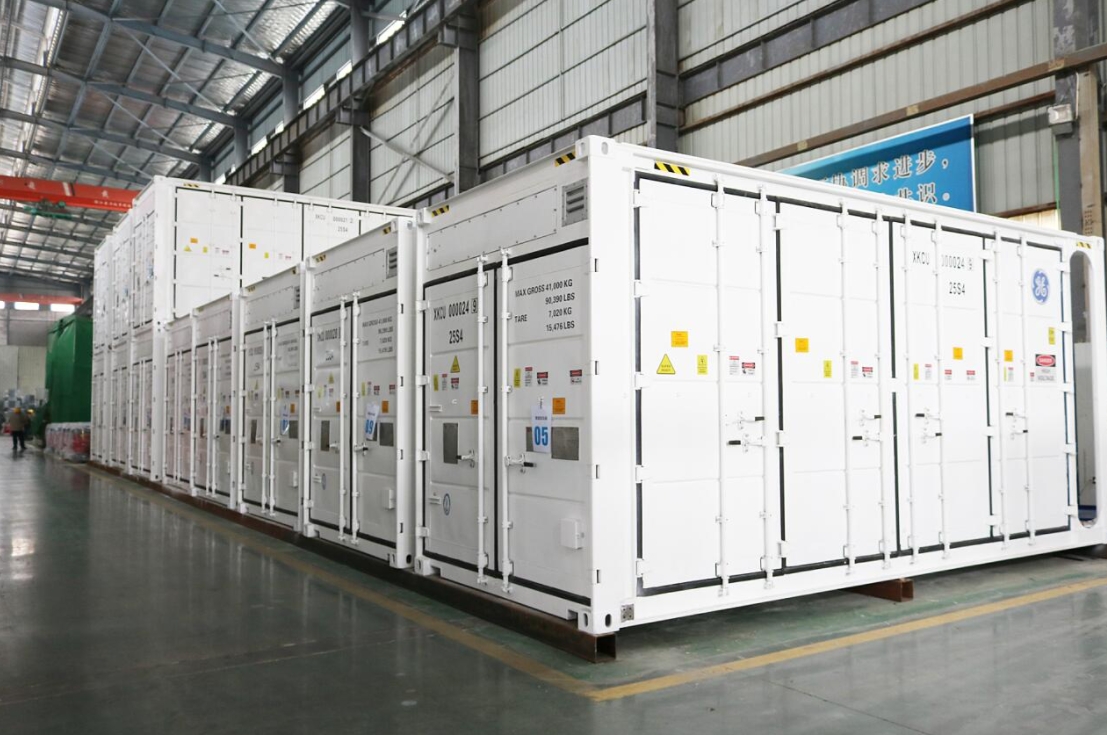With the rapid development of the new energy industry, the application of energy storage containers is becoming more and more widespread. However, during the operation of energy storage containers, fire safety issues have always been one of the key issues that need to be solved urgently.

1. Current status and problems of container energy storage fire protection
At present, there are some problems and deficiencies in the design of container energy storage systems in terms of fire protection. First of all, traditional fire protection methods cannot meet the special needs of container energy storage systems. Since the container energy storage system involves a large number of flammable and explosive substances such as lithium batteries, once a fire occurs, the fire spreads rapidly and traditional fire extinguishers and other means are difficult to effectively deal with it. Secondly, the existing fire protection system design is relatively simple and lacks in-depth understanding and targeted design of the internal structure of the container energy storage system, resulting in poor fire protection effects.
2. Design of container energy storage fire protection solution
In response to the above problems, this article proposes the design of a container energy storage fire protection solution. This solution aims to improve the safety and reliability of container energy storage systems, reduce fire risks, and ensure the safety of people and property.
1. Detection system design
The detection system is an important part of the container energy storage fire protection solution. In response to the special situation of container energy storage systems, this article proposes the use of multi-level detection methods, including temperature detection, smoke detection, and flammable gas detection. Multiple detectors are arranged inside the container to achieve all-round monitoring of the interior of the container. When the detector detects an abnormality, the alarm system is immediately activated and relevant personnel are notified for processing.
2. Fire extinguishing system design
The fire extinguishing system is a key part of the container energy storage fire protection solution. Based on the characteristics of the container energy storage system, this article proposes a solution that combines multiple fire extinguishing methods such as automatic sprinkler systems, dry powder fire extinguishers, and inert gas fire extinguishers. When the detection system detects an abnormality, the automatic sprinkler system can quickly start to control the spread of the fire; at the same time, dry powder fire extinguishers and inert gas fire extinguishers can also respond quickly to put out the fire. In addition, in order to ensure the fire extinguishing effect, a fire extinguishing agent storage device can also be installed inside the container to ensure that the fire extinguisher can be replenished in time when a fire occurs.
3. Smoke exhaust system design
The smoke exhaust system is one of the important components of the container energy storage fire protection solution. In the event of a fire, in order to prevent smoke from accumulating inside the container, causing suffocation and obstruction of sight, this article proposes the design of a smoke exhaust system. This system can use a combination of natural smoke exhaust and mechanical smoke exhaust to discharge smoke out of the container in a timely manner by setting up smoke exhaust outlets and smoke exhaust pipes. At the same time, in order to ensure the smoke exhaust effect, safety devices such as fire dampers can also be installed in the smoke exhaust duct to prevent the fire from spreading to other areas through the smoke exhaust duct.
4. Ventilation system design
The ventilation system is one of the important auxiliary measures for container energy storage fire protection solutions. In the event of a fire, ventilation needs to be maintained in order to prevent smoke and harmful gases from accumulating inside the container. This article proposes to use a combination of natural ventilation and mechanical ventilation to introduce fresh air into the container by setting up vents and ventilation ducts and other facilities, and at the same time discharge smoke and harmful gases from the outside of the container. In addition, in order to ensure the ventilation effect, safety measures such as filtering devices can also be installed in the ventilation ducts to prevent external fire sources from entering the interior of the container through the ventilation ducts.
5. Monitoring system design
The monitoring system is one of the important components of the container energy storage fire protection solution. This article proposes to use a combination of video surveillance and data surveillance to monitor the operating status of the container energy storage system and the operation of fire-fighting facilities in real time. The fire situation inside the container and the operation of fire-fighting facilities can be viewed in real time through the video monitoring system; the operating parameters of the container energy storage system and the data information of the fire-fighting facilities can be monitored in real time through the data monitoring system. When an abnormal situation occurs, the monitoring system can promptly send out an alarm message to notify relevant personnel to handle it.
3. Conclusion
The container energy storage fire protection solution proposed in this article is designed to improve the safety and reliability of the container energy storage system. Fire risks can be effectively reduced through a combination of multi-level detection, fire extinguishing, smoke exhaust, ventilation and monitoring measures.
